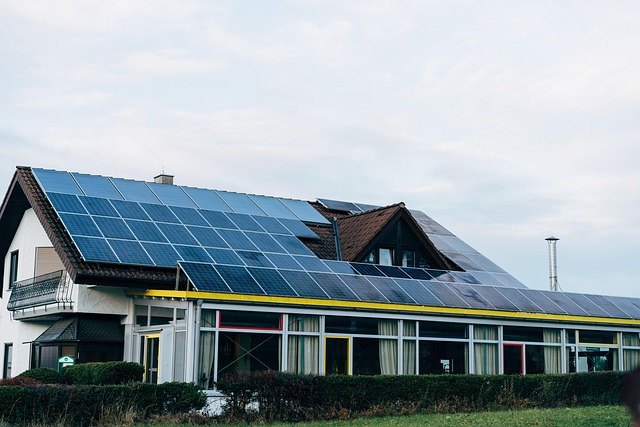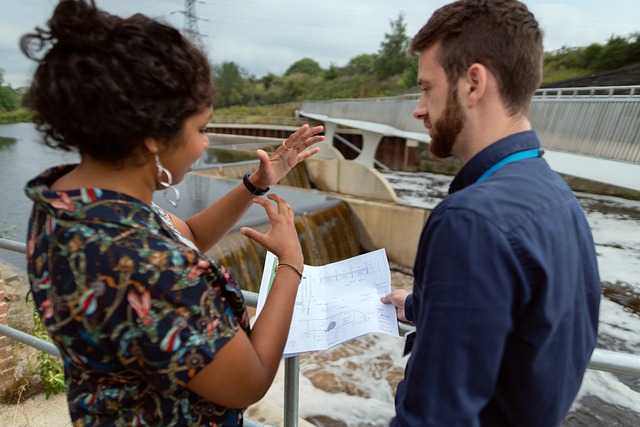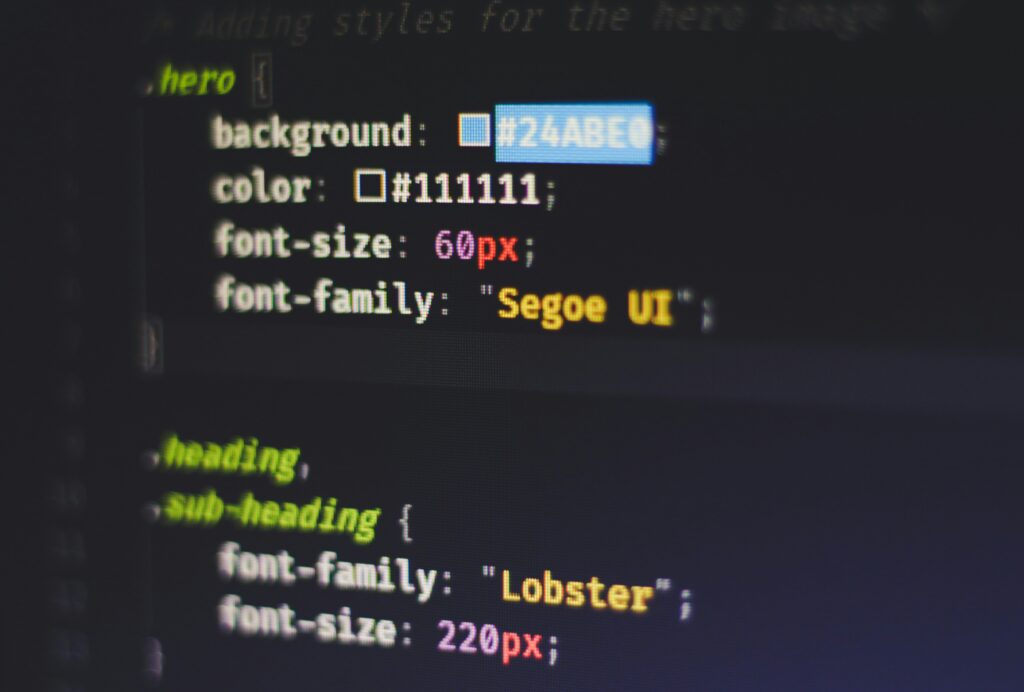Why Sustainability Matters in the Visual Communication World
Sustainability in design isn’t just about using recycled paper or cutting down on print. It’s bigger than that now. As more of our work moves online, the environmental impact follows. Asset-heavy websites, endless streaming, bloated file formats—they all eat energy. The digital world runs on servers, and servers run on electricity, most of which is still not clean.
Many designers don’t realize how their decisions push that energy bill higher. A flashy homepage video that autoplays? Costly. An oversized image without compression? Every click downloads more data than needed. The design may look sharp, but it quietly drains resources with every view.
Visual storytellers also shape how people consume. Designed well, content can nudge viewers toward sustainable choices. Designed thoughtlessly, it can glamorize overconsumption—or just become more noise.
If you’re a designer, you’re not just influencing pixels. You’re influencing perception, behavior, and digital waste. Own that.
This isn’t about designing less. It’s about designing smarter.
Energy-Efficient Tools and Smarter Workflows
Vlogging might look lightweight on the surface, but behind the scenes it’s a production—cameras, lights, high-res rendering, constant uploads. That eats energy. As creators become more aware of their digital footprint, there’s a shift towards using energy-efficient platforms and hardware. Whether it’s switching to laptops that throttle resource use or offloading tasks to cloud-based platforms that run more efficiently, the choices matter.
Cloud collaboration tools are also shaking things up. Working in the cloud can reduce duplication and storage overload, but it’s not always clear-cut. Local rendering uses power from your gear, but cloud rendering distributes that elsewhere—so it’s about trade-offs, not silver bullets. Still, creators are leaning toward remote collaboration not just for sustainability, but for sheer speed and connectivity.
At the core, it’s about cutting waste. Creators who optimize their workflow don’t just save energy—they work faster, crash less, and keep their gear running longer. Resizing files before editing, streamlining post-production tweaks, and batching content all help. Energy efficiency now goes hand in hand with creative efficiency.
Lighter Files = Lighter Footprint
In 2024, smart creators aren’t just thinking about content—they’re thinking about weight. Digital weight, to be exact. Heavy files slow things down: site speed, viewer experience, and even reach. Platforms punish sluggish load times. Audiences click away. Lighter files keep things clean and fast.
Start with image compression. There’s no reason to upload raw, bulky files when modern tools can strip megabytes without killing quality. Fonts matter, too. Streamlined, optimized typography means less drag. And when it comes to visuals, go vector over raster whenever you can. SVGs scale cleaner, load quicker, and look sharp across devices.
It’s not just about being efficient—it’s about respect. Respect for bandwidth, battery life, and attention spans. Every byte counts.
Choosing Greener Infrastructure for Design Portfolios
Your portfolio might be beautiful, but that doesn’t mean it has to burn unnecessary energy. As awareness around digital sustainability grows, creators are rethinking the foundation of their online presence.
First, the web host. Eco-conscious hosting providers use renewable energy or carbon offsetting to power their data centers. There’s a growing list of options—some even specialize in sustainable design portfolios. It’s not just ethical. It’s also becoming expected.
Next: your content delivery network (CDN). A smartly chosen CDN doesn’t just speed things up—it cuts down on energy by serving content from a closer server. Pair that with compressing images, swapping out autoplay video, and stripping out bloated scripts, and your site becomes dramatically lighter.
Finally, design with the user’s device in mind. Heavy animations and infinite scroll? They drain batteries and attention. Minimal interfaces, fast load times, and efficient code not only respect your viewer’s energy use—they also reflect clean, modern UX thinking.
Sustainable doesn’t have to mean boring. It means intentional.
AI-Driven Creation, Smarter Not Faster
AI-powered design tools are helping vloggers do more with less. From auto-captioning to AI-assisted storyboarding, these tools reduce production time and trim down the digital clutter. They also cut waste—fewer unused takes, tighter edits, smaller file sizes. It’s cleaner, faster, and more efficient.
But there’s a catch. Training these models demands huge data and energy consumption, and not every tool is created with ethical boundaries in mind. Some scrape the web without permission. Others mimic creators without credit. As AI gets baked into more creator workflows, it’s on vloggers to ask hard questions before they hit “generate.”
It’s easy to get caught up in automation hype. But leaning too hard on speed can drain the soul out of content. The smart move in 2024? Use AI to clear the grunt work—but keep the human hand on the wheel. Sustainable intent isn’t just about the environment. It’s about staying sharp, personal, and grounded in what your audience actually needs.
Making Sustainability Part of the Design Brief
Sustainability isn’t an afterthought anymore—it’s a core requirement. Creators and agencies who bake eco-conscious decisions into the earliest parts of their planning are delivering more responsible, and often more effective, campaigns. That means asking smart questions up front: Is the packaging necessary? Can we avoid physical goods altogether? What’s the carbon cost of that remote shoot?
Shifting client mindsets doesn’t mean preaching. It’s about options and outcomes. Show them how using recycled materials or cutting down on single-use props won’t just reduce waste—it’ll resonate with values-led audiences. Or how a digital-only launch still makes a splash without excess shipping and clutter.
Take the “Threads for Tomorrow” campaign. Shot entirely using solar-powered gear and featuring thrifted wardrobe hauls, it cut production emissions by over 60%, while outperforming the client’s previous paid media push. Or the launch of a skincare line that leaned into lo-fi vlog-style tutorials with zero travel, repurposing influencer content for multi-channel rollout. Lower carbon footprint, higher authenticity.
The smartest creatives aren’t just being green—they’re making it make sense for the brand.
Future Tools that Embed Sustainability by Default
The next wave of vlogging tools isn’t just smarter—they come with sustainability baked in. From editing software that optimizes energy use to cloud platforms choosing green hosting, environmentally conscious functionality is becoming non-negotiable. Creators don’t need to jump through hoops anymore; the tools are evolving to do the heavy lifting upfront.
Open-source platforms are leading the rise here. Transparent code, community-led updates, and ethical sourcing of data are creating ecosystems that prioritize accountability. It’s a quiet but powerful shift: what used to be fringe or “nice-to-have” is now central to how creators choose their tech stacks.
The design language is changing, too. Think more minimal UI, more recycled hardware, and interfaces that favor function over flash. Innovation in 2024 isn’t just about how fast something works—it’s about why it was built that way. Tools are being judged not only by output but by intent.
As vloggers double down on personal mission and brand integrity, tools that match their values aren’t just useful—they’re essential.
Sustainable design used to be a buzzword. Now, it’s a filter audiences apply automatically. Whether it’s the gear vloggers use, how they travel, or what products they promote on screen, viewers are paying attention to the footprint left behind. This shift isn’t about perfection—it’s about intention. Creators who show they care about environmental impact, in ways big or small, are winning trust and standing out.
The rise of sustainable choices is also informing aesthetics and editing. Think stripped-back visuals, natural lighting, and fewer throwaway graphics. It’s a subtle way to signal values without getting preachy. And it’s resonating.
Want to see how this trend echoes across other creative fields? Check out Top 5 Graphic Design Trends Dominating 2024 for context on where sustainable design fits into the bigger picture.


 Lead Software Strategist
Lead Software Strategist
